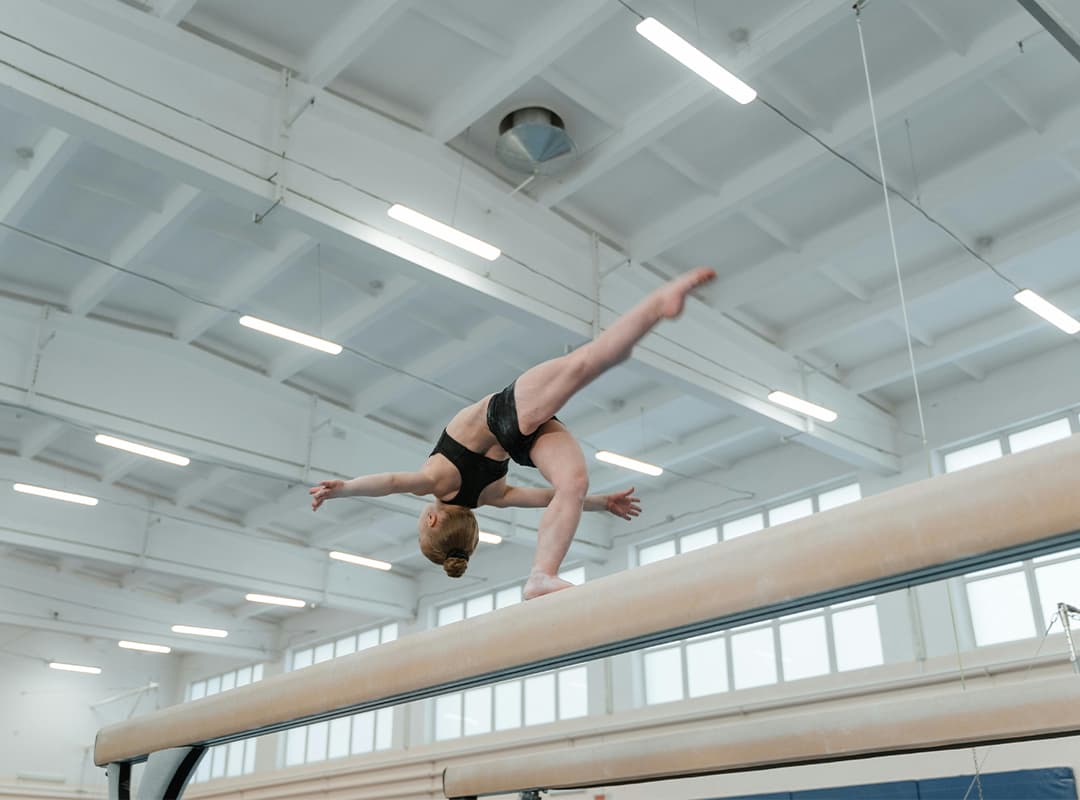Athletics is one of the oldest sports. Athletics is based on natural human movements – walking, running, jumping, throwing.
The history of athletics goes back to ancient times. The first information about athletics competitions dates back to 776 BC. They are found in historical notes on the Olympic Games of Ancient Greece. At that time, the program of these competitions consisted only of running.
Wrestling, fisticuffs, and generally all exercises that developed strength, the Greeks referred to weightlifting. It is clear that the name “athletics” is rather arbitrary today, because it is difficult to call, for example, long-distance running – a marathon or hammer throwing – “light” physical exercises.
Running is undoubtedly the oldest competition for athletes. It is striking that today we know the name of the first Olympic champion of ancient Greece and the date when this event took place. It happened in 776 BC in Olympia. There was only one winner, because the athletes competed in those games only in running for one stage (approximately 192 meters) – hence the word “stadium”. The winner’s name was Coribus, and it seems that he was a cook from the city-polis of Elida.
The ancients also competed in discus throwing. There were disks made of wood, stone, iron, bronze, often decorated with carvings, images of birds, animals or scenes of sports competitions. The weight of the discus ranged from 1.25 to 6.63 kg. (Today, the discus weighs 2 kg for men and 1 kg for women.) Javelin throwers were sometimes highly valued among the fans. Sculptors were also eager to depict them.
Modern athletics began to be cultivated in England earlier than in other countries. Back in 1837, the first running competition for a distance of about 2 km was held here. The participants of this competition were students of Rugby College. Soon, sports competitions were organized in the colleges of Eton, Oxford, Cambridge, and London. A little later, short-distance running, hurdle running and weight throwing were included in the competition program; since 1851, long and high jumps were included in the program, and since 1864, hammer throw and shot put were added. A new stage began with the annual competition between the universities of Oxford and Cambridge. In 1865, the London Athletic Club was founded, which held the first national athletics championships.
In 1880, the Amateur Athletic Association was founded in England, which received the rights of the highest athletics body within the British Empire and its colonies. In the United States, the first athletic club appeared in 1868 in New York. But, perhaps, universities became the centers of athletics development in America in those years. In the 1880s and 90s, athletics as an independent sport began to be cultivated in almost all European countries.
The revival of the modern Olympic Games in 1896 had a great impact on the development of athletics. The program of the Games of the First Olympic Games in Athens (1896) included 12 types of athletics competitions. Almost all medals at these Games were won by American athletes.
Often, it was the competitions of Olympic athletes that became the most colorful in the life of the Olympics. This was the case, for example, in Mexico City (1968), when the American athlete Bob Beamon set a phenomenal world record in the long jump – 8 m 90 cm (immediately exceeding the world record by 55 cm). This performance was called a “leap into the 21st century.” It was almost exactly what happened. It was only twenty years later that this result was improved. The American runner Florence Griffith-Joyner showed fantastic seconds in the 100 and 200 meters at the Seoul Olympics. Her record has been held for more than 14 years.
